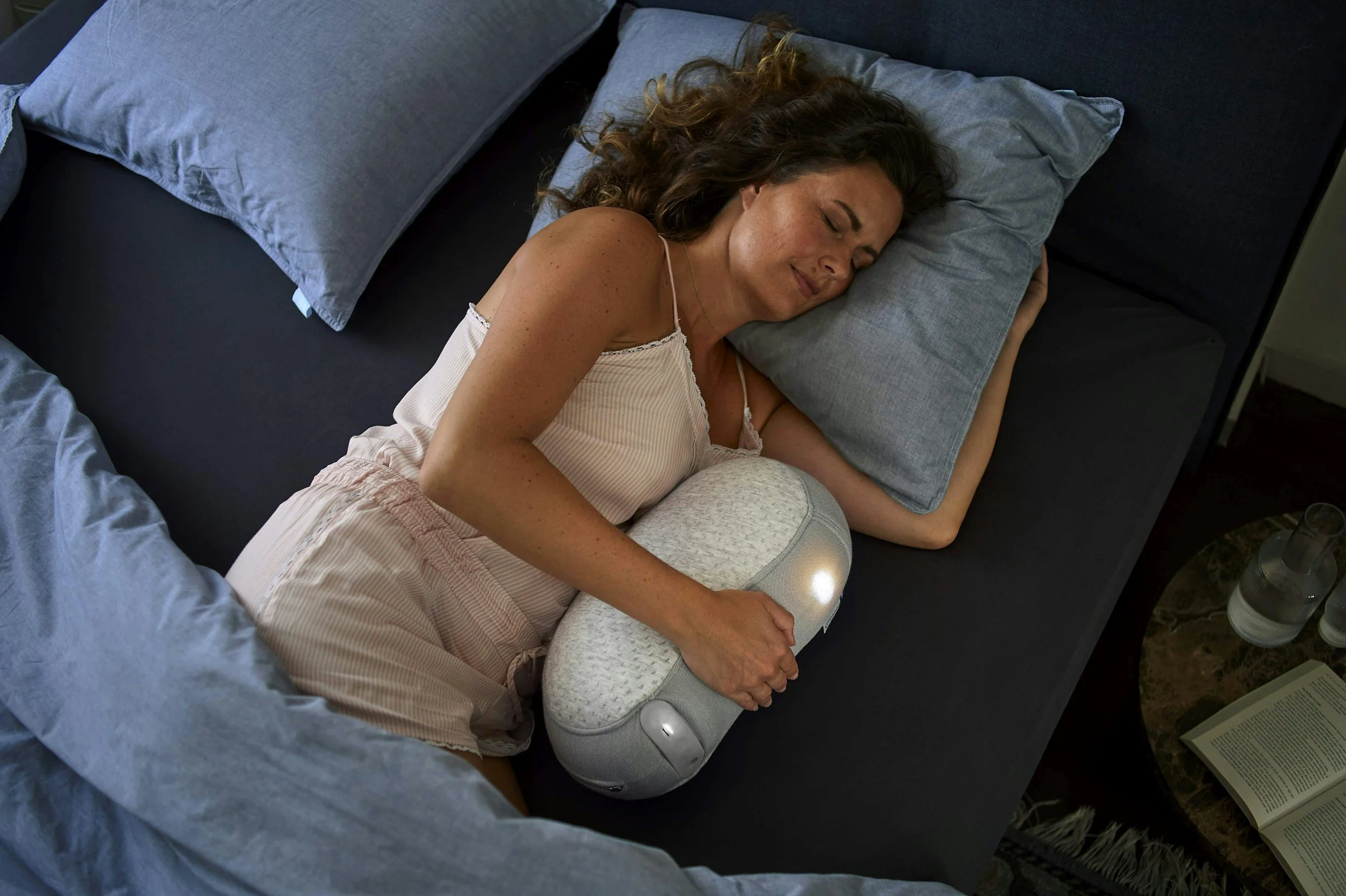How to Exercise Safely with Prolapse: Tips for Postpartum and Menopause
Experiencing heaviness, pressure, or a bulging sensation down below? You’re not alone.
Pelvic organ prolapse is common during both postpartum recovery and perimenopause/menopause, often due to hormonal changes and a decrease in pelvic floor support.
But here’s the good news—it doesn’t mean you have to stop moving.
In fact, with the right kind of exercise, movement can become a powerful tool to: support your recovery, improve blood flow and tissue healing and help you feel strong, supported, and confident again
Ready to move in a way that supports—not stresses—your pelvic floor? Continue reading to learn more.
Understanding Symptomatic Prolapse
Pelvic organ prolapse occurs when the bladder, uterus, or bowel descends into the vaginal space due to reduced support from the pelvic floor muscles. It can be triggered by childbirth, hormone changes, or increased intra-abdominal pressure over time.
What is the Link between Hormones and Prolapse Symptoms?
1. Postpartum & Breastfeeding
After giving birth, your body experiences a sharp drop in oestrogen and progesterone—hormones that help maintain tissue elasticity, strength, and hydration. This hormonal dip, especially in combination with the physical demands of motherhood, can leave the pelvic floor more vulnerable.
If you’re breastfeeding, oestrogen stays low to support milk production, which can contribute to:
Vaginal dryness or irritation
Reduced tissue resilience
A slower return to pre-pregnancy pelvic support
Even if your baby is a few months (or years) old, your pelvic floor may still be recovering—particularly if you’re dealing with broken sleep or minimal time for rest and recovery.
2. Perimenopause & Menopause
As you move through perimenopause and into menopause, your oestrogen levels gradually decline. This affects everything from bladder control to connective tissue strength, which can make even previously mild prolapse symptoms more noticeable.
Common changes during this time include:
A sense of heaviness or dragging in the pelvis
Changes in bladder or bowel habits
Increased prolapse symptoms or a feeling of “less support”
Joint laxity and reduced core stability
With less collagen and elasticity in the pelvic tissues, many women feel a shift in their body’s support system during this transition.
Safe Exercise Modifications for Prolapse
When navigating prolapse symptoms, especially during postpartum recovery or peri/menopause, the goal is to reduce downward pressure while still building strength in key areas like your core, hips, and glutes. The right kind of movement can support your healing and help you feel stronger day by day!
Firstly, What Does “Modify” Actually Mean?
Modifying means:
Choosing exercises that don’t increase pressure on the pelvic floor
Monitoring for signs of strain or fatigue, both during and after movement
Taking rest when needed, including short horizontal rest breaks during the day
Avoiding high-impact or deep-load movements until you’re ready
It’s okay to scale back. In fact, it’s encouraged during this phase.
✅ Try These Prolapse-Friendly Movements
Exercise Examples To Try:
Diaphragmatic breathing – build core awareness and connection
Sidelying leg lifts, clams, and circles – great for glutes and hips without pressure
Glute bridges – activate glutes and hamstrings
Mini narrow squats – feet hip-width apart, avoid wide (sumo-style) stances
Wall push-ups or shoulder taps – upper body work without added load
Important Tips:
Breathe out during the effort (e.g., lifting, curling, pushing)
Activate your core and pelvic floor gently before each movement
Strength train 2–3x/week, focusing on core, obliques, glutes, hips, back, and legs
Choose resistance bands or light weights you can move through without holding your breath
Try sidelying, supine (on your back), or all-fours positions to reduce gravitational load on the pelvic floor
❌ Avoid for Now:
Exercise Examples to Avoid for Now:
High-impact movements (running, jumping, skipping)
Heavy straining or lifting without pelvic floor support
V-sits, wide lunges, or deep squats
Long periods on your feet without breaks
NOTE: Current evidence-based guidelines recommend waiting at least 12 weeks postpartum before returning to high-impact exercise (like running or jumping). Before getting back into it, book a check-up with a women’s health physiotherapist to assess your recovery!
Recovery Tip: Prioritise Rest
Spend 15–30 minutes lying down each day to offload the pelvic floor and reduce prolapse symptoms. - Lay on your back with a pillow under your bottom and legs raised over the couch or up a wall
- Rest in a side-lying position
These simple strategies can make a big difference in how you feel by the end of the day.
When to Seek Professional Help
Not sure where to begin—or feeling like progress has stalled? You don’t have to navigate this alone. At Kaylana Wellness Collective in Hurstville, we create personalised exercise plans tailored to your stage of life, whether you’re navigating postpartum recovery, perimenopause, menopause, or managing prolapse symptoms. We also work closely with trusted local pelvic floor physios to ensure you receive comprehensive, collaborative care—every step of the way.
Ready to feel supported, seen, and stronger in your body? Book your personalised assessment today.
Disclaimer: The information in this blog is intended to provide general guidance only and does not replace individualised assessment, diagnosis, or treatment by a qualified health professional. Every body is unique, especially during life stages such as postpartum recovery or menopause, and what works for one person may not be appropriate for another. If you’re experiencing symptoms such as pelvic heaviness, pain, or discomfort, we strongly recommend seeking a personalised consultation with a qualified physiotherapist or pelvic health specialist to ensure you receive safe, tailored care that supports your specific needs and goals.




